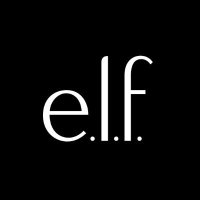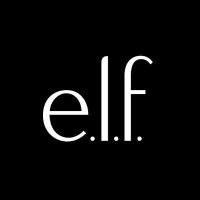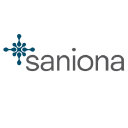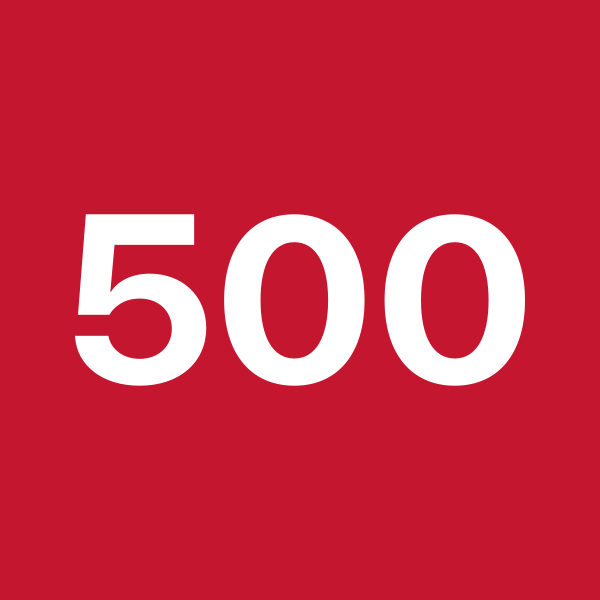
elf Beauty Inc
NYSE:ELF


| US |

|
Johnson & Johnson
NYSE:JNJ
|
Pharmaceuticals
|
| US |

|
Berkshire Hathaway Inc
NYSE:BRK.A
|
Financial Services
|
| US |

|
Bank of America Corp
NYSE:BAC
|
Banking
|
| US |

|
Mastercard Inc
NYSE:MA
|
Technology
|
| US |

|
UnitedHealth Group Inc
NYSE:UNH
|
Health Care
|
| US |

|
Exxon Mobil Corp
NYSE:XOM
|
Energy
|
| US |

|
Pfizer Inc
NYSE:PFE
|
Pharmaceuticals
|
| US |

|
Palantir Technologies Inc
NYSE:PLTR
|
Technology
|
| US |

|
Nike Inc
NYSE:NKE
|
Textiles, Apparel & Luxury Goods
|
| US |

|
Visa Inc
NYSE:V
|
Technology
|
| CN |

|
Alibaba Group Holding Ltd
NYSE:BABA
|
Retail
|
| US |

|
JPMorgan Chase & Co
NYSE:JPM
|
Banking
|
| US |

|
Coca-Cola Co
NYSE:KO
|
Beverages
|
| US |

|
Walmart Inc
NYSE:WMT
|
Retail
|
| US |

|
Verizon Communications Inc
NYSE:VZ
|
Telecommunication
|
| US |

|
Chevron Corp
NYSE:CVX
|
Energy
|
Utilize notes to systematically review your investment decisions. By reflecting on past outcomes, you can discern effective strategies and identify those that underperformed. This continuous feedback loop enables you to adapt and refine your approach, optimizing for future success.
Each note serves as a learning point, offering insights into your decision-making processes. Over time, you'll accumulate a personalized database of knowledge, enhancing your ability to make informed decisions quickly and effectively.
With a comprehensive record of your investment history at your fingertips, you can compare current opportunities against past experiences. This not only bolsters your confidence but also ensures that each decision is grounded in a well-documented rationale.
Do you really want to delete this note?
This action cannot be undone.

| 52 Week Range |
49.95
146.67
|
| Price Target |
|
We'll email you a reminder when the closing price reaches USD.
Choose the stock you wish to monitor with a price alert.

|
Johnson & Johnson
NYSE:JNJ
|
US |

|
Berkshire Hathaway Inc
NYSE:BRK.A
|
US |

|
Bank of America Corp
NYSE:BAC
|
US |

|
Mastercard Inc
NYSE:MA
|
US |

|
UnitedHealth Group Inc
NYSE:UNH
|
US |

|
Exxon Mobil Corp
NYSE:XOM
|
US |

|
Pfizer Inc
NYSE:PFE
|
US |

|
Palantir Technologies Inc
NYSE:PLTR
|
US |

|
Nike Inc
NYSE:NKE
|
US |

|
Visa Inc
NYSE:V
|
US |

|
Alibaba Group Holding Ltd
NYSE:BABA
|
CN |

|
JPMorgan Chase & Co
NYSE:JPM
|
US |

|
Coca-Cola Co
NYSE:KO
|
US |

|
Walmart Inc
NYSE:WMT
|
US |

|
Verizon Communications Inc
NYSE:VZ
|
US |

|
Chevron Corp
NYSE:CVX
|
US |
This alert will be permanently deleted.
elf Beauty Inc
In the vibrant world of cosmetics, e.l.f. Beauty Inc. has carved a distinct niche with its commitment to delivering high-quality products at astonishingly affordable prices. Founded in 2004, e.l.f. (which stands for “eyes, lips, face”) has disrupted the beauty industry by prioritizing accessibility and inclusivity. The company's strategy hinges on offering a diverse range of beauty essentials, from makeup and skincare to brushes and other tools, all while maintaining price points that appeal to budget-conscious consumers. This approach has positioned e.l.f. as a favorite among young, diverse demographics who value both quality and affordability. By leveraging its strong digital presence and adept social media marketing, e.l.f. has been able to engage directly with its customers, fostering a loyal community and ensuring that its products remain relevant and desired in a highly competitive market.
e.l.f. Beauty's business model thrives on innovation and agility, with the company consistently updating its product lines to reflect emerging trends and consumer preferences. Its operations are optimized for speed, allowing e.l.f. to bring new products from concept to shelf faster than many of its competitors. The brand capitalizes on its direct-to-consumer e-commerce platform, complemented by strategic partnerships with major retailers like Target and Walmart, which amplify its reach. Furthermore, e.l.f.'s cruelty-free and vegan offerings resonate strongly with an eco-conscious audience that increasingly demands ethical beauty solutions. Through a carefully balanced blend of digital engagement, strategic retail alignments, and a steadfast promise of quality without compromise, e.l.f. Beauty not only continues to thrive but also shapes the future landscape of the beauty industry.

In the vibrant world of cosmetics, e.l.f. Beauty Inc. has carved a distinct niche with its commitment to delivering high-quality products at astonishingly affordable prices. Founded in 2004, e.l.f. (which stands for “eyes, lips, face”) has disrupted the beauty industry by prioritizing accessibility and inclusivity. The company's strategy hinges on offering a diverse range of beauty essentials, from makeup and skincare to brushes and other tools, all while maintaining price points that appeal to budget-conscious consumers. This approach has positioned e.l.f. as a favorite among young, diverse demographics who value both quality and affordability. By leveraging its strong digital presence and adept social media marketing, e.l.f. has been able to engage directly with its customers, fostering a loyal community and ensuring that its products remain relevant and desired in a highly competitive market.
e.l.f. Beauty's business model thrives on innovation and agility, with the company consistently updating its product lines to reflect emerging trends and consumer preferences. Its operations are optimized for speed, allowing e.l.f. to bring new products from concept to shelf faster than many of its competitors. The brand capitalizes on its direct-to-consumer e-commerce platform, complemented by strategic partnerships with major retailers like Target and Walmart, which amplify its reach. Furthermore, e.l.f.'s cruelty-free and vegan offerings resonate strongly with an eco-conscious audience that increasingly demands ethical beauty solutions. Through a carefully balanced blend of digital engagement, strategic retail alignments, and a steadfast promise of quality without compromise, e.l.f. Beauty not only continues to thrive but also shapes the future landscape of the beauty industry.
Net Sales Growth: e.l.f. Beauty reported Q2 net sales of $344 million, up 14% year-over-year, driven by category-leading performance and the acquisition of Rhode.
Rhode Acquisition: Rhode contributed $52 million to Q2 net sales and is expected to add about $200 million for the year post-acquisition, with annualized sales of approximately $300 million, representing 40% year-over-year growth.
Core Business Dynamics: Organic net sales (excluding Rhode) declined about 3% in Q2, mainly due to a temporary halt in shipments tied to enforcing a $1 price increase; shipment levels have since normalized.
Market Share: The e.l.f. brand grew consumption by 7%, outpacing the category by over three times and gaining 140 basis points of market share in Q2.
Gross Margin Impact: Q2 gross margin was 69%, down 165 basis points from last year, mainly due to higher tariffs, partially offset by the price increase.
Guidance: Full year fiscal '26 guidance expects 18% to 20% net sales growth and adjusted EBITDA of $302–306 million, with Rhode as a key driver; organic net sales growth (excluding Rhode) is projected at 3% to 4%.
Marketing Spend: Marketing and digital spend is planned to increase to 24–26% of net sales for the year, with a heavier allocation in the second half.
International Opportunity: International sales grew 2% in Q2, with ongoing expansion plans, though growth lagged the U.S. due to tough comparisons from last year's Germany launch.




















































